
cd_nom

| Author : H. Bouyon |
 |
To get the picture, please visit:
Any reuse of one or more photographs on this site is subject to an authorization request from the author.
Link to the Code of Intellectual Property (Legifrance)
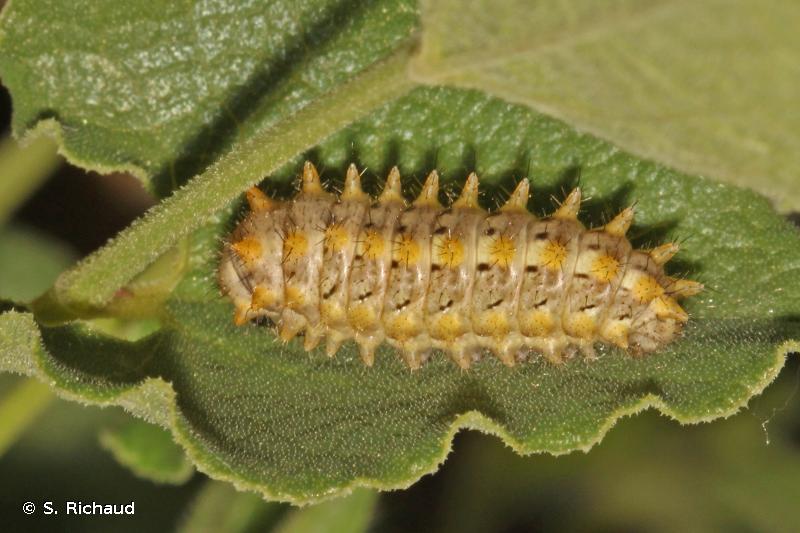
| Author : S. Richaud |
 |
To get the picture, please visit:
Sonia Richaud
email : inpn@mnhn.fr
Despite the Creative Commons license, please inform the author of the use which will be made of his photo
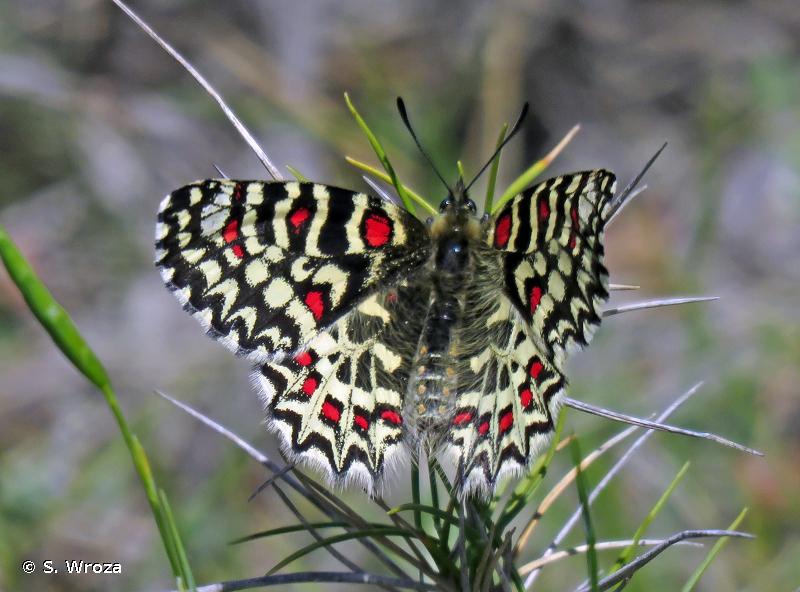
| Author : S. Wroza |
 |
Despite the Creative Commons license, please inform the author of the use which will be made of his photo
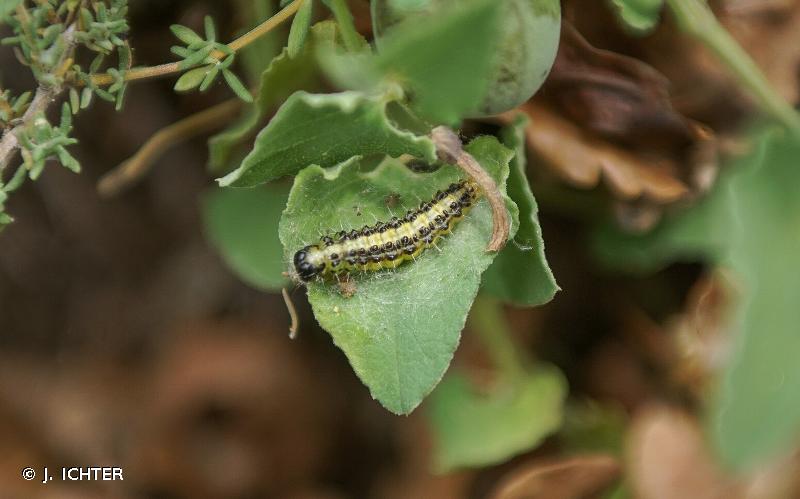
| Author : J. ICHTER |
 |
To get the picture, please visit:
inpn@mnhn.fr
Any reuse of one or more photographs on this site is subject to an authorization request from the author.
Link to the Code of Intellectual Property (Legifrance)
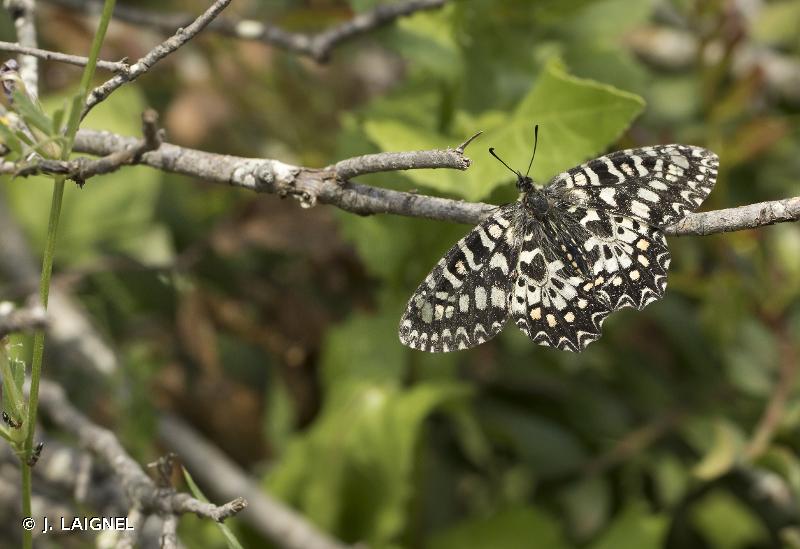
| Author : J. LAIGNEL |
 |
To get the picture, please visit:
Julien Laignel
Chargé de mission SNB - UMS2006-PATRINAT/MNHN
4, avenue du Petit Château
91800 BRUNOY
Tel.: 06.10.68.23.36
Mail: julien.laignel@9online.fr
Despite the Creative Commons license, please inform the author of the use which will be made of his photo
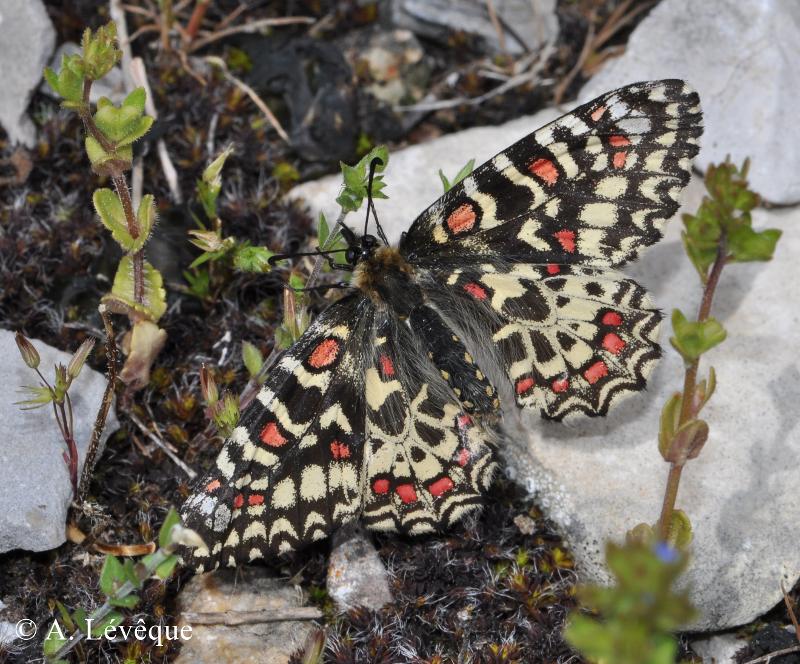
| Author : A. Lévêque |
 |
To get the picture, please visit:
Antoine Lévêque
E-mail : antoine.leveque@mnhn.fr
Despite the Creative Commons license, please inform the author of the use which will be made of his photo
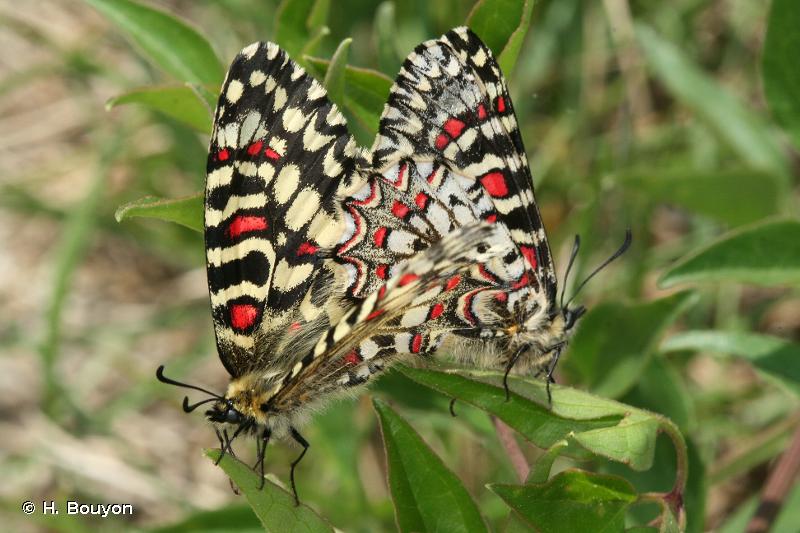
| Author : H. Bouyon |
 |
To get the picture, please visit:
Hervé BOUYON
email : herve.bouyon@wanadoo.fr
Any reuse of one or more photographs on this site is subject to an authorization request from the author.
Link to the Code of Intellectual Property (Legifrance)
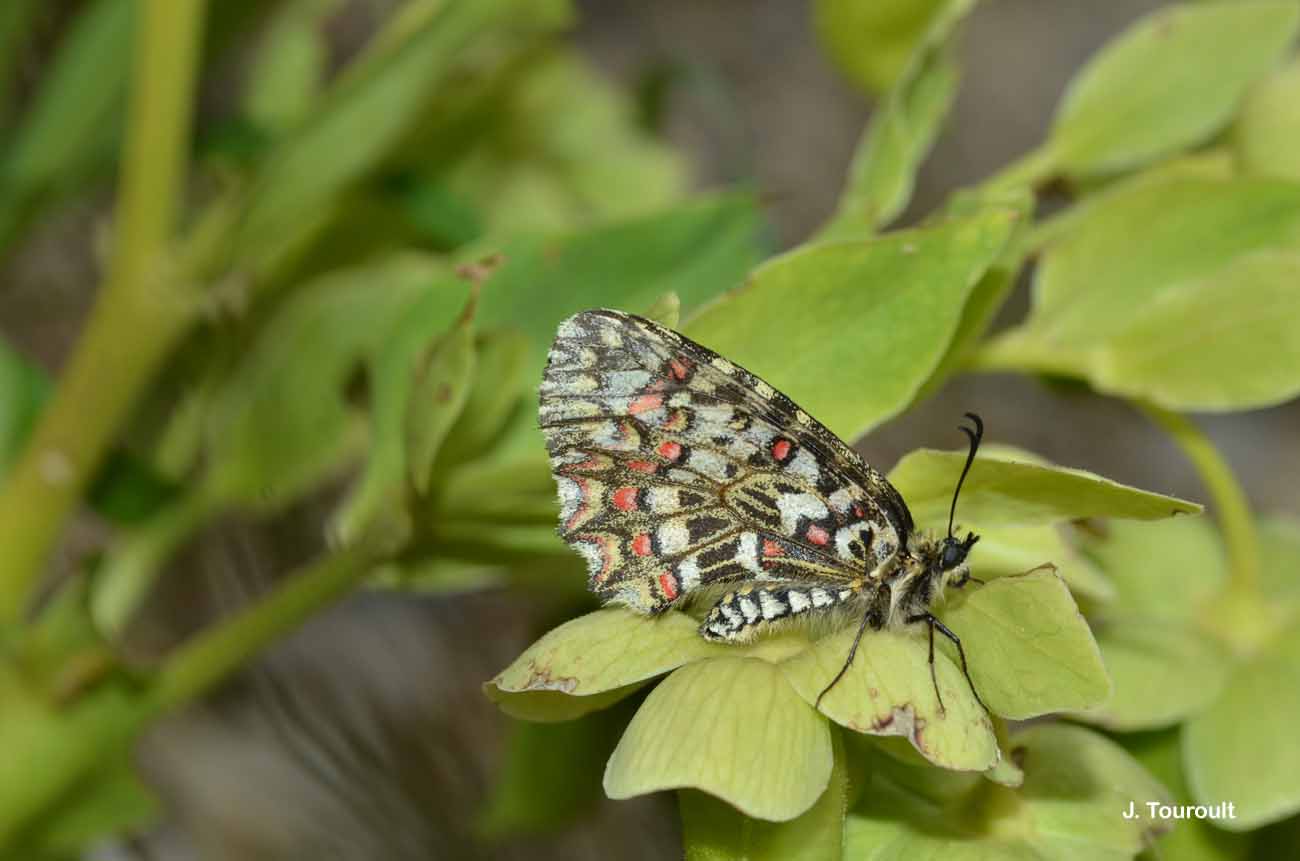
| Author : J. Touroult |
 |
To get the picture, please visit:
Julien TOUROULT
Muséum national d'Histoire naturelle - Service du Patrimoine Naturel
36 rue Geoffroy Saint-Hilaire
CP 41
75 231 PARIS CEDEX 05
e-mail : inpn@mnhn.fr
Legend: Montoulieu - mai 2012
Despite the Creative Commons license, please inform the author of the use which will be made of his photo
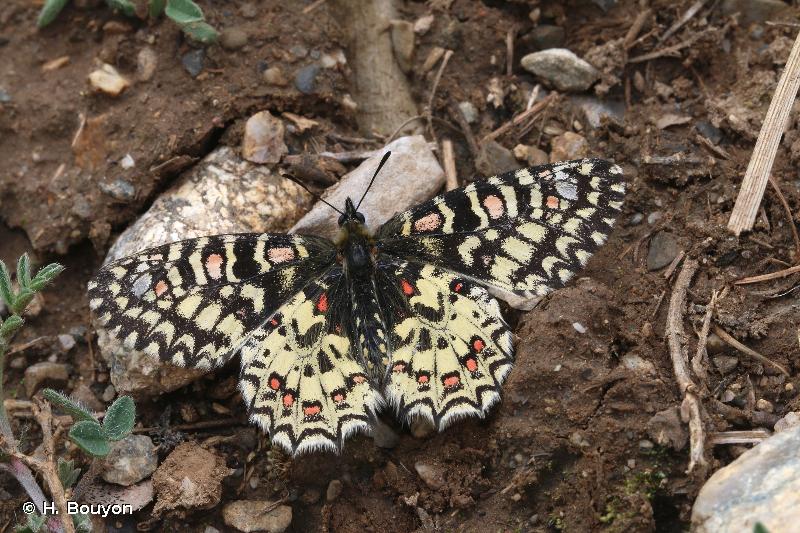
| Author : H. Bouyon |
 |
To get the picture, please visit:
Any reuse of one or more photographs on this site is subject to an authorization request from the author.
Link to the Code of Intellectual Property (Legifrance)
Taille/poids :
Longueur de l'aile antérieure : 20-30 mm.
Diagnose :
Couleur de fond des ailes jaune clair à jaune crème. Le dessus des ailes comporte des taches noires et une ligne festonnée de même couleur dans la partie marginale. Plusieurs taches rouges bien visibles sont présentes sur les ailes antérieures et postérieures.
Détermination :
L'adulte est simple à reconnaître, posé avec les ailes étalées.
Espèces proches :
La Diane (Zerynthia polyxena (Denis & Schiffermüller, 1775)) se distingue par la présence d'une seule petite tache rouge (parfois peu visible) dans la partie apicale du dessus de l'aile antérieure.
Période d'observation :
Les adultes peuvent être observés de mars à mai.
Biologie-ethologie :
Les adultes sont peu floricoles. Les œufs sont déposés isolément sur le dessous des feuilles et sur les fleurs de plusieurs aristoloches mais la plante hôte principale en France est Aristolochia pistolochia L., 1763. Il y a une seule génération par an. L'espèce passe l'hiver au stade de chrysalide.
Biogéographique et écologie :
L'espèce est présente dans la péninsule ibérique, le sud de la France et la Ligurie en Italie. Elle est principalement présente dans les garrigues méditerranéennes. On la trouve jusqu'à 1300 m d'altitude.
D'après :
Chinery, M. & Leraut, P. 1998. Photo-guide des Papillons d'Europe. Les photo-guides du naturaliste. Delachaux et Niestlé, 679 pp.P. Dupont(UMS 2006 Patrimoine Naturel (AFB / CNRS / MNHN)),2016
Continental
Metropolitan France
Overseas
Marine
Metropolitan France
Overseas
The map presents a summary at the 10 x 10 km grid of the observation data for the species transmitted to the SINP. These data have been subjected to validation filters.
The map presents a reference distribution layer of the species at the scale of departments and marine sectors. The presence and absence data were established by expertise within a network of partners. This reference distribution is used in the validation process of the SINP data at the INPN level.
Corresponds to a report on the basis of at least one observation proved within a period of 10 years (20 years for little-known invertebrates) preceding the year and no presumption of extinction since obtaining the last data nor doubt on reproductive and implemented nature of this population. For migratory species, the presence indicated concerns areas of reproduction.
This status is based on one or more of the following criteria:
This point covers the absence, more difficult by nature to demonstrate than presence. This status is based on one or more of the following criteria:
This status must be assigned to a department in which the presence of the species is casual.
Particular case of absence due to a proven extinction less than a half century ago (older disappearances are treated as "no probable or definite").
In the state of knowledge, we can not comment on the presence or absence in the current department. This is the default status when not comprised in one of the previous categories or whenever there is doubt.
The map shows the global distribution of the species based on GBIF data (Global Biodiversity Information Facility).
